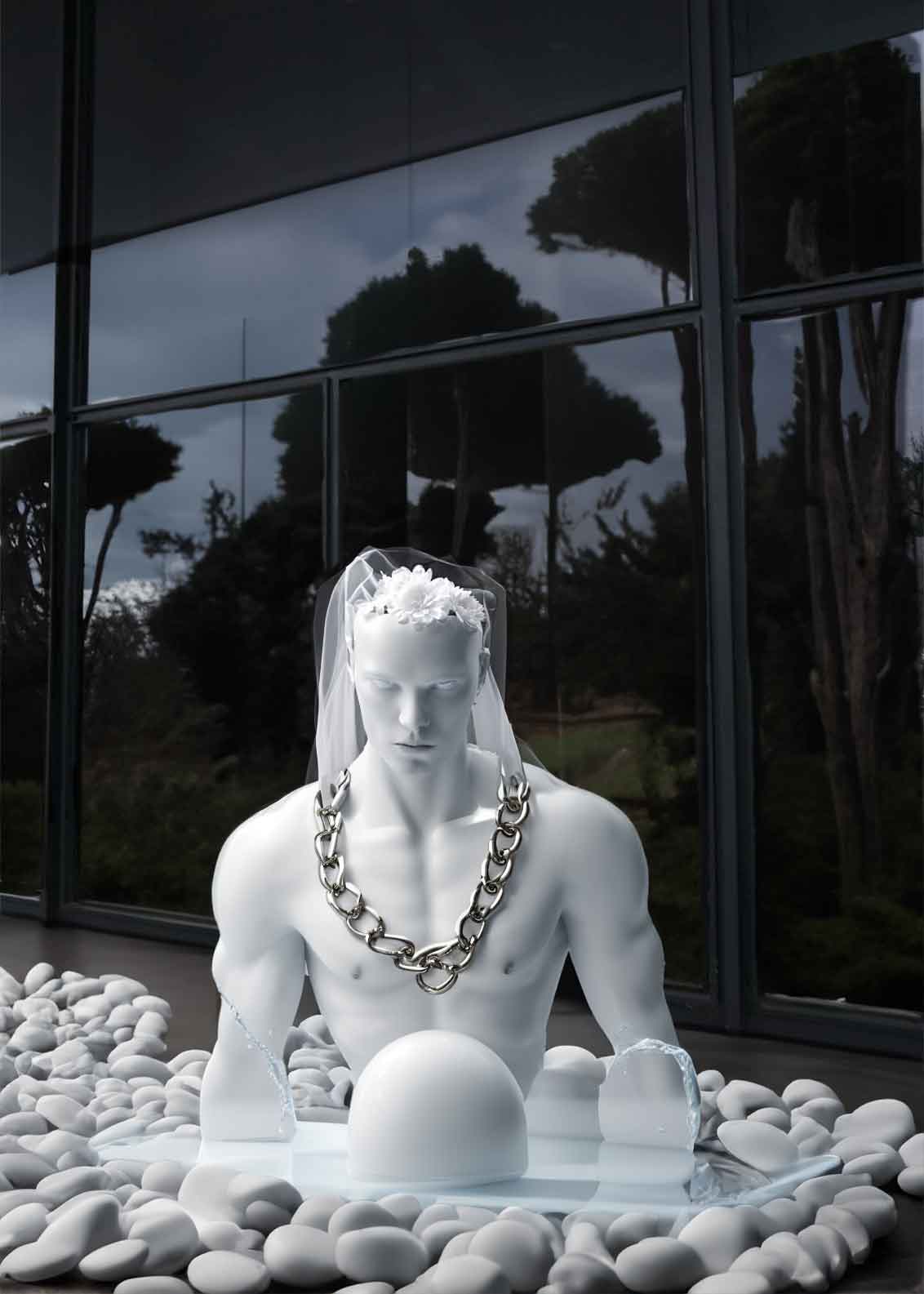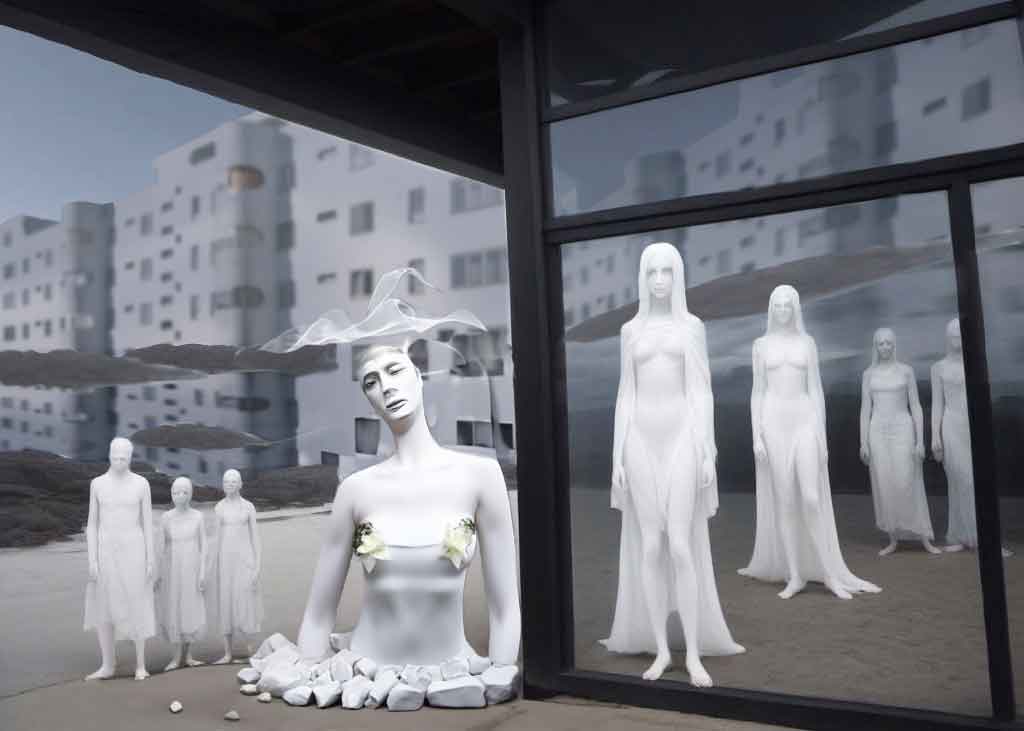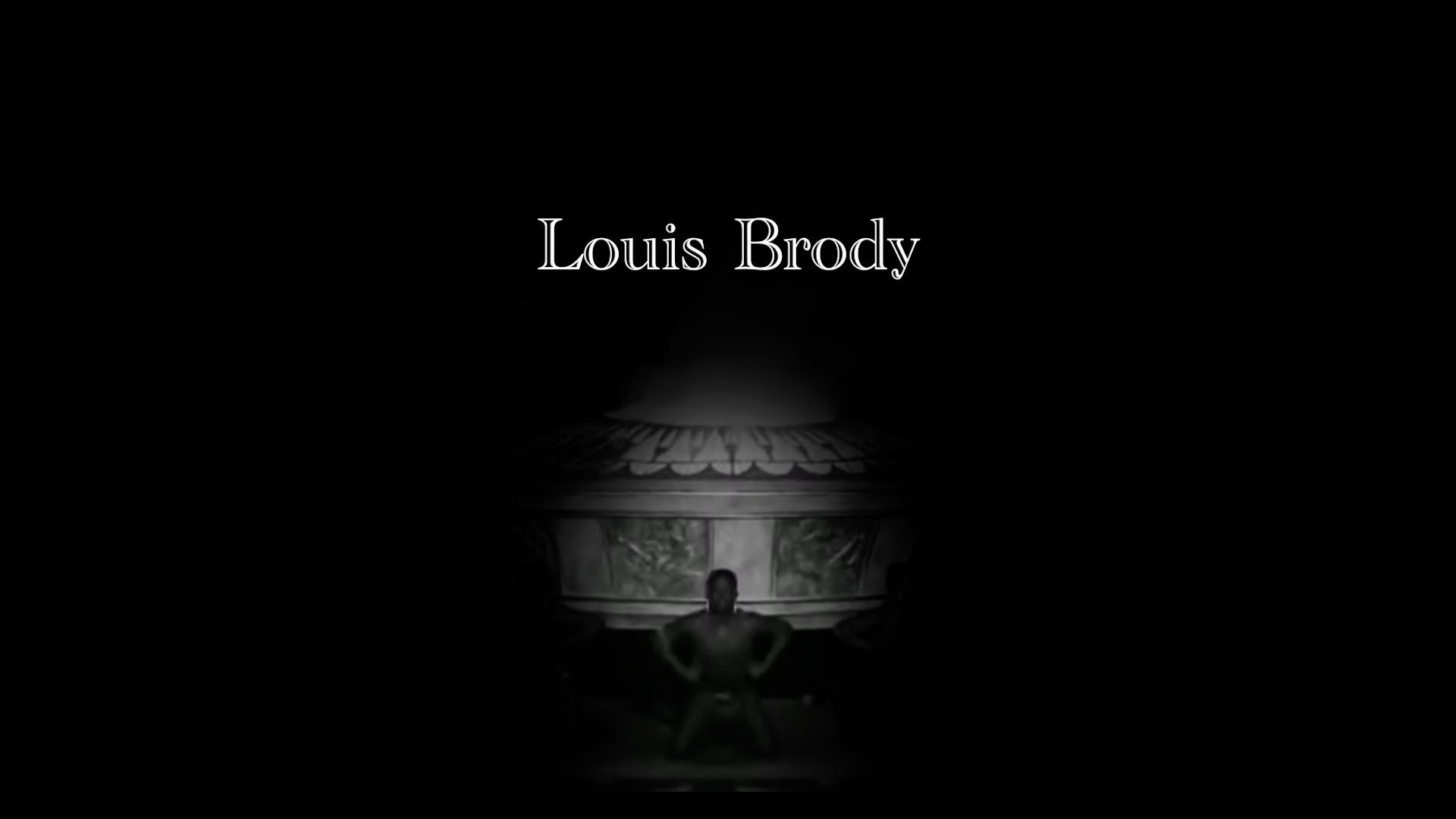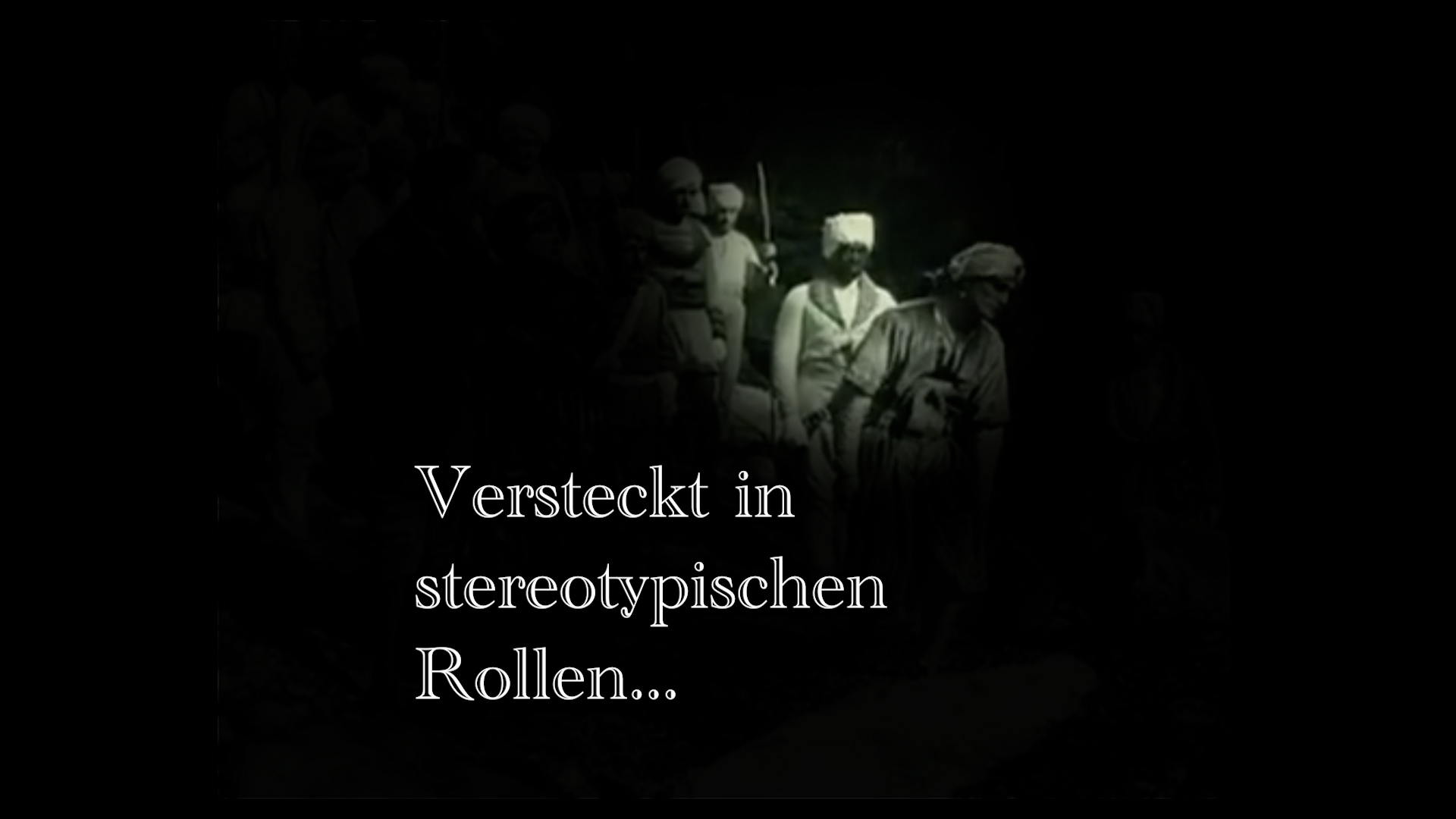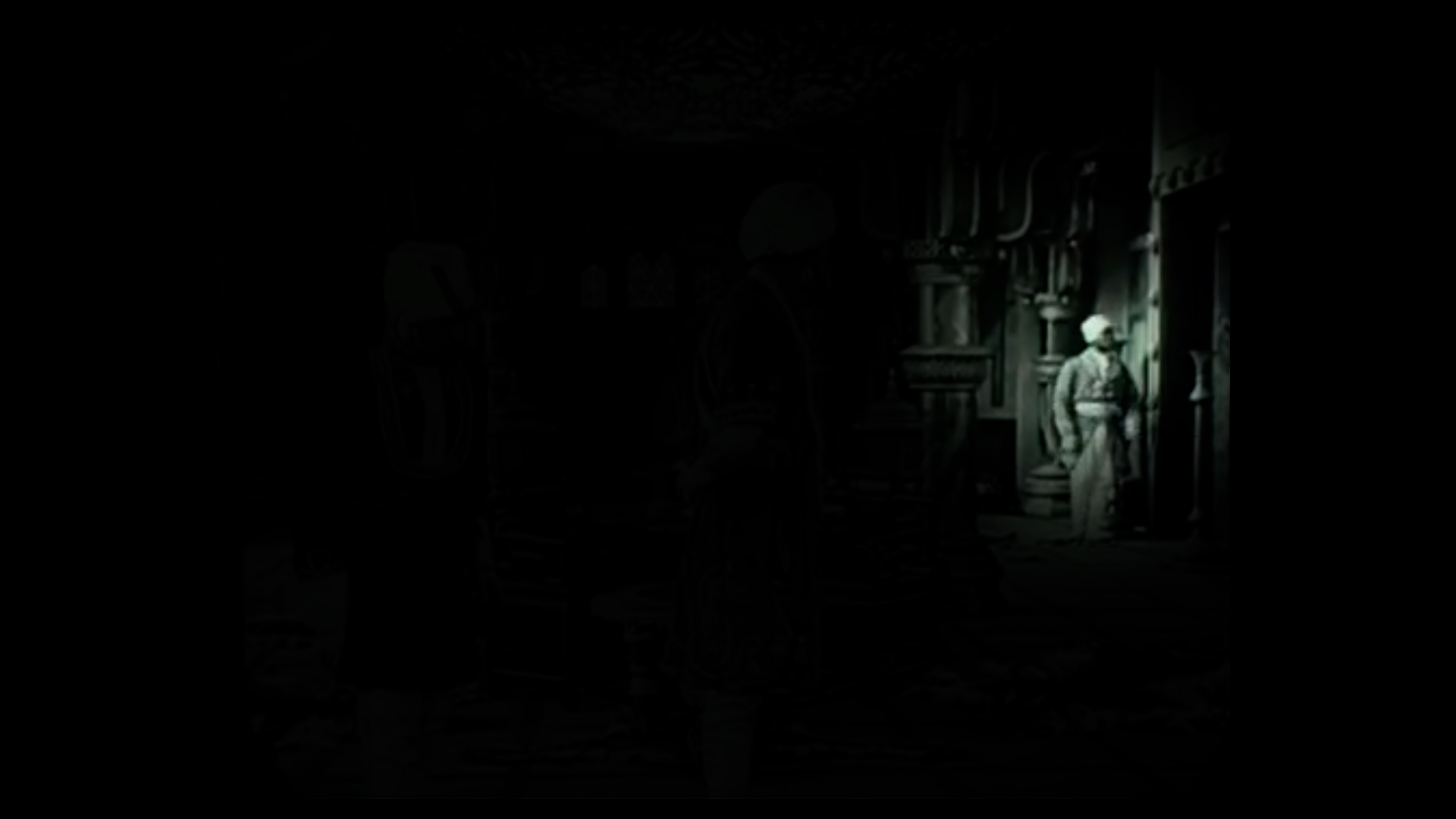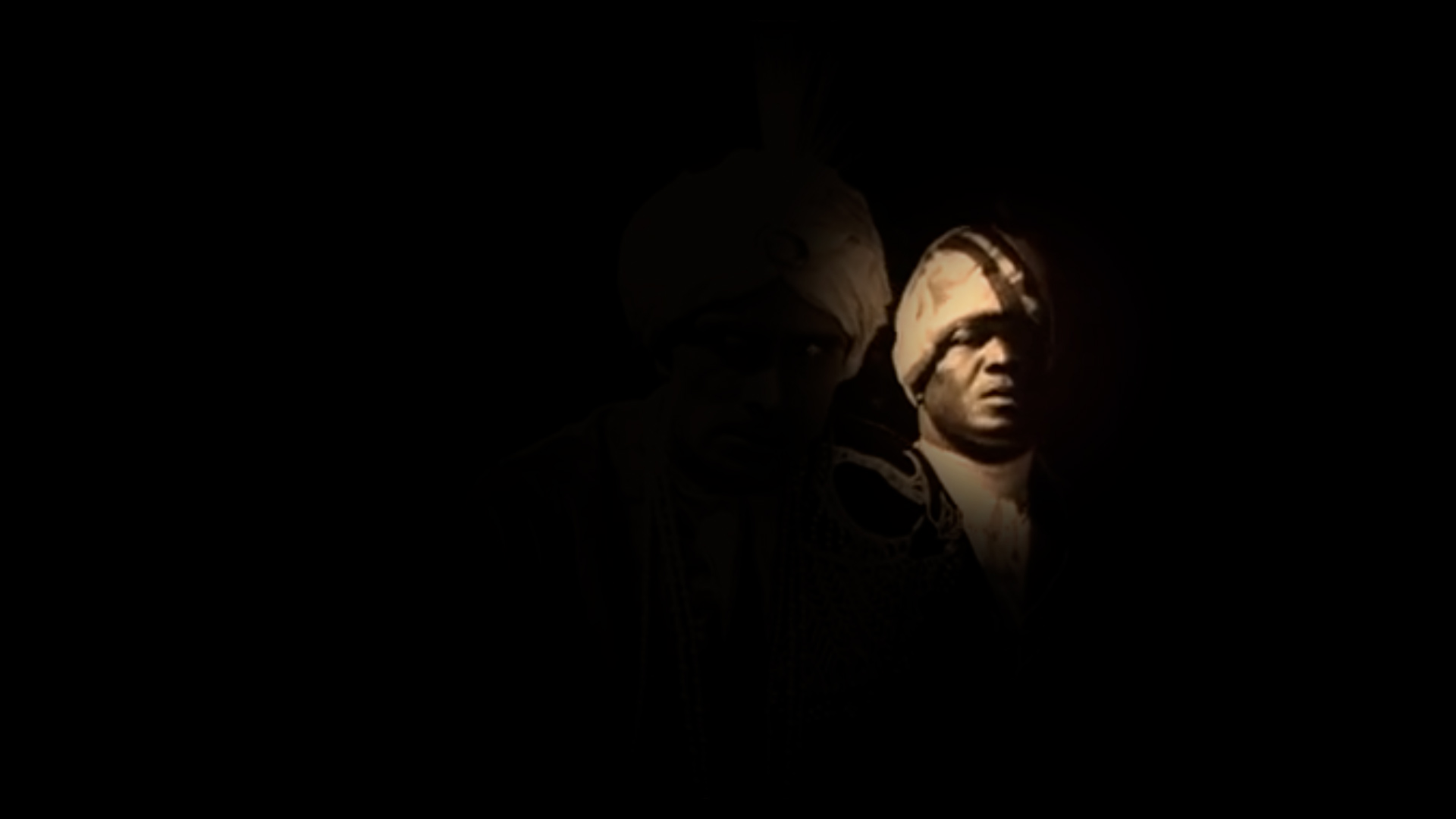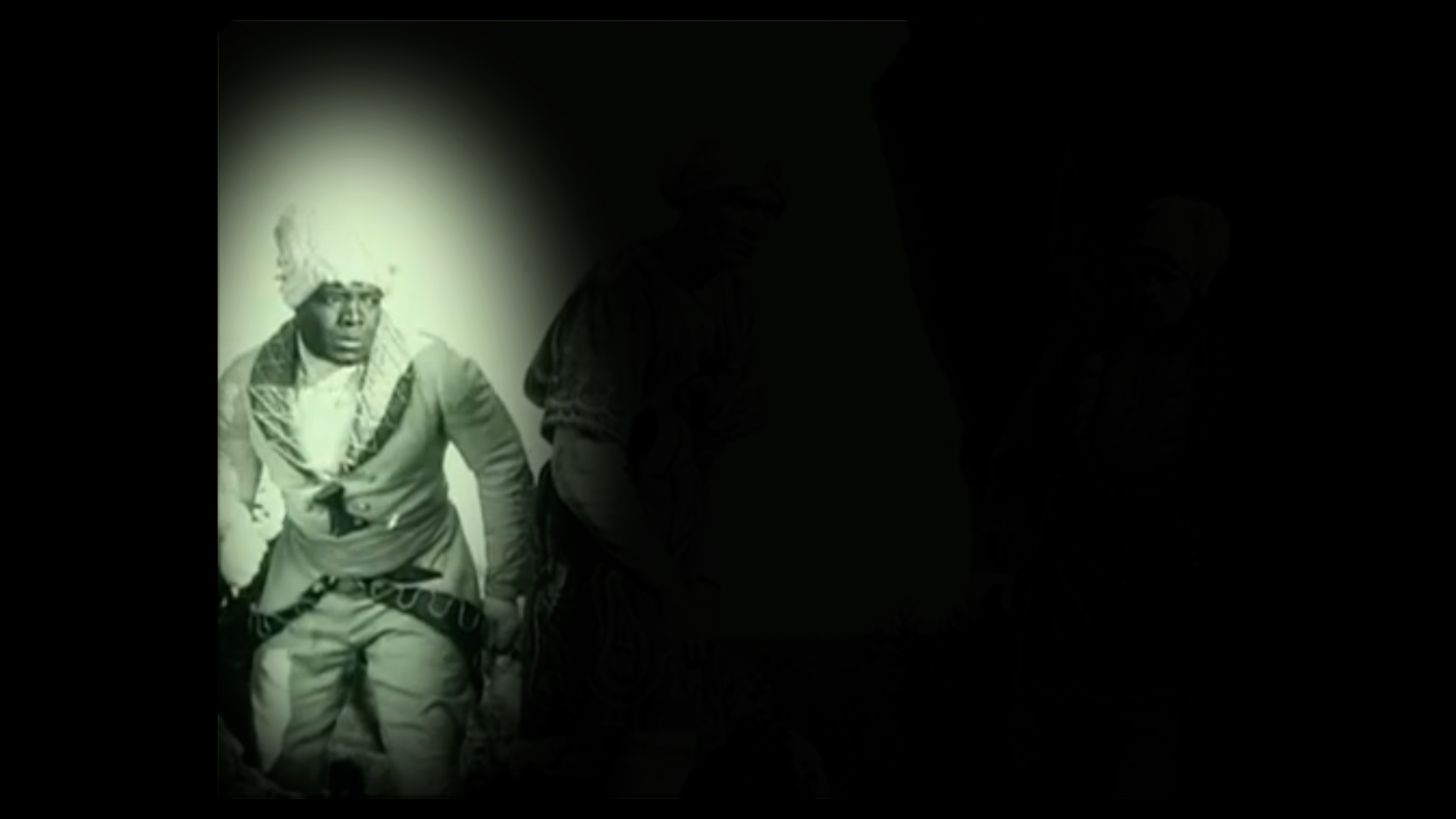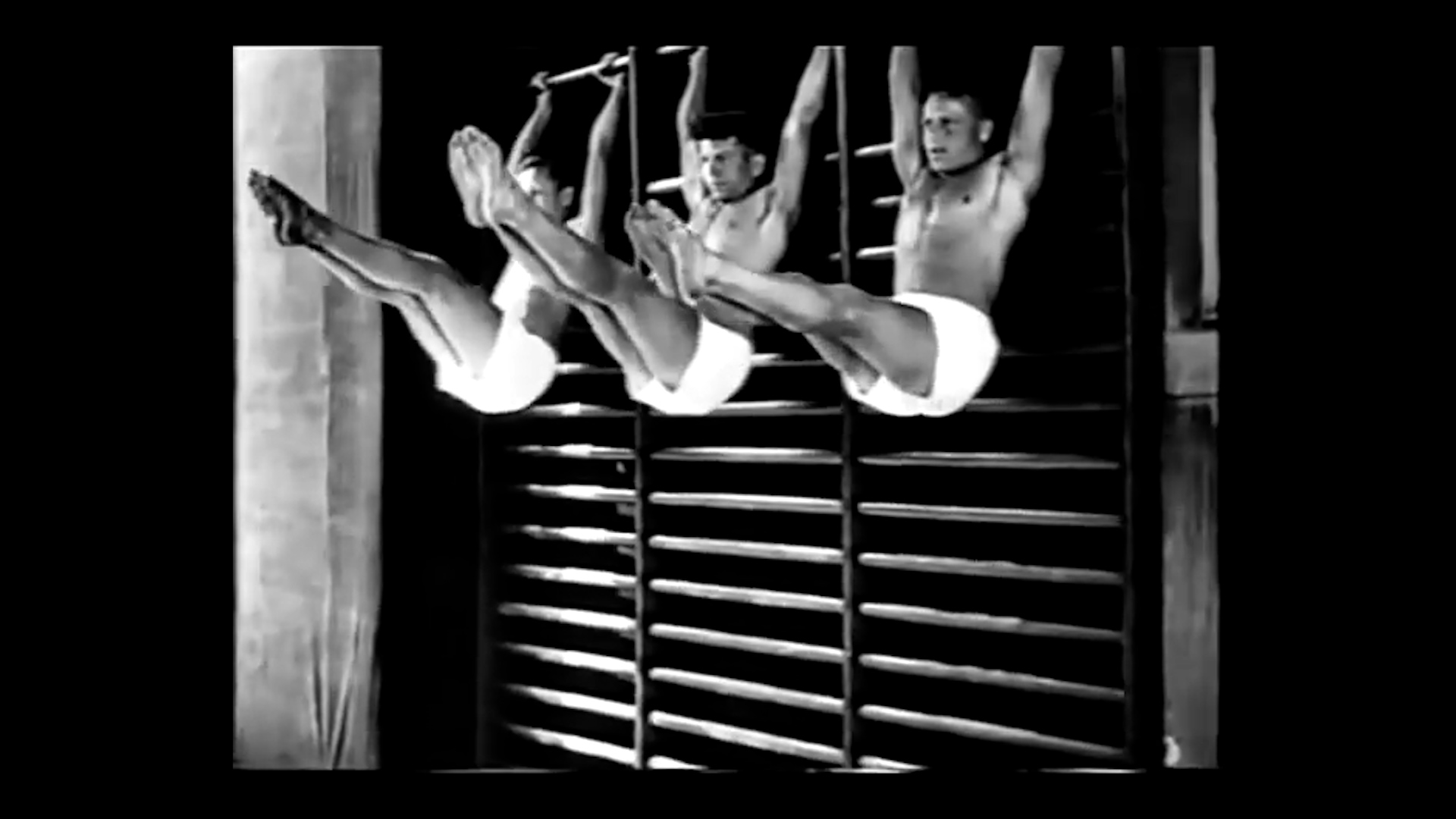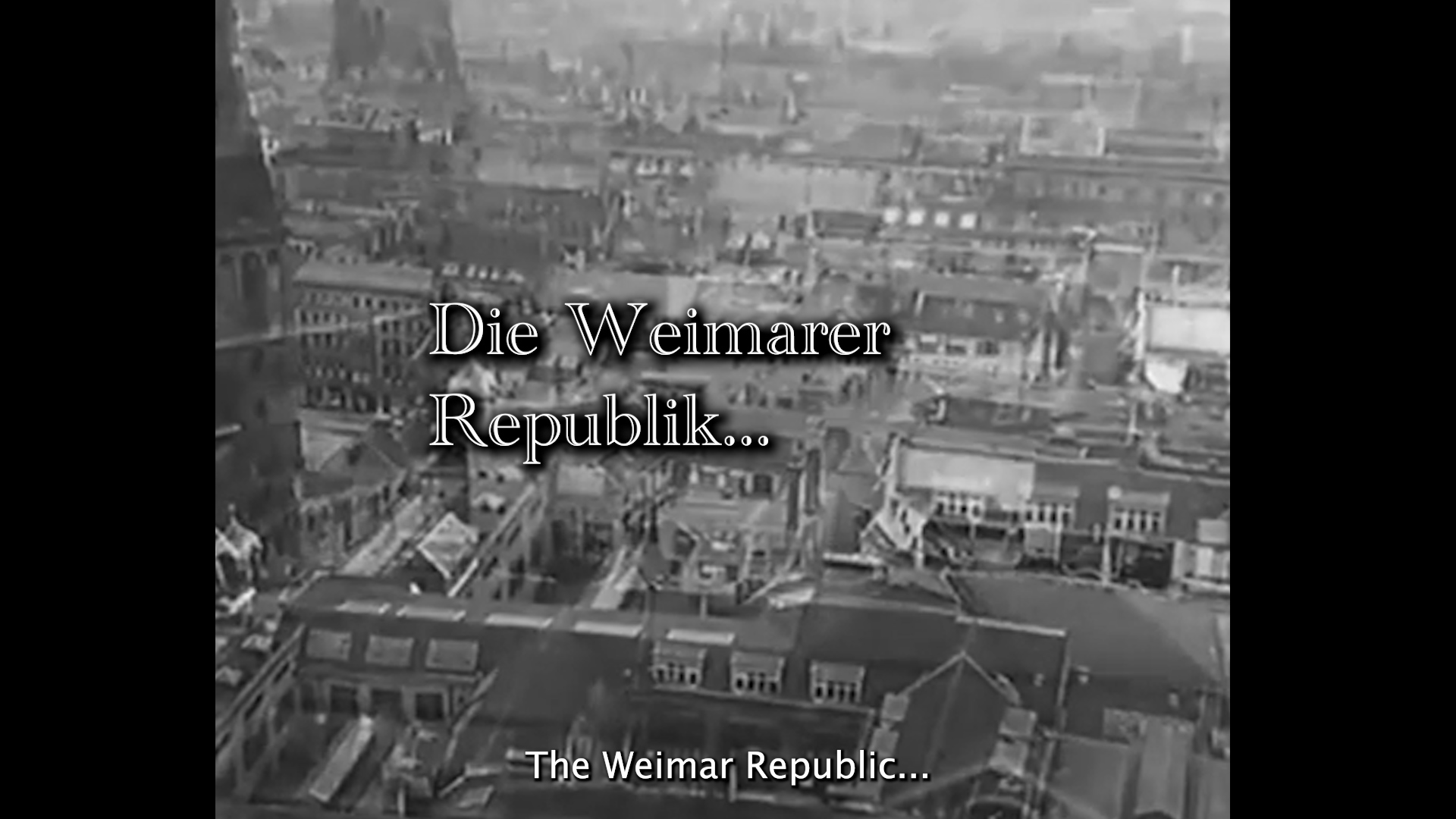+
Gedichtserie zu den 20er Jahren
Von Henrike Chaya Vogels
[Originalfassung auf Deutsch]
Gehen oder bleiben I - Freundschaft
Die UdK ist kalt und leer.
Wir sitzen zu zweit im Atelier.
Schritte bewegen sich vor der Tür.
Die Flure hallen.
Mit dir kann ich darüber reden.
Du verstehst, warum ich mir Sorgen mache,
sagt sie.
Sie hat das Wahlprogramm gelesen.
Da steht es, der Beweis:
Wer bleiben darf und wer gehen muss.
Wenn es passiert.
Wenn es nach ihnen geht,
dann muss meine Mutter gehen,
ihre Geschwister und ihre Cousins.
Vielleicht darf ich bleiben,
wegen meinem Vater.
Vielleicht bin ich deutsch genug.
Ich schaue sie an.
Sie würde gehen müssen.
Mit ihrer ganzen Familie.
Und ihr Vater hat diese Schweine gewählt.
Sein Rassismus schützt ihn nicht.
Sie hassen ihn genauso.
Das Wahlprogramm hat bewiesen,
was wir längst wussten.
Wir sind nicht überrascht.
Es wurde uns von klein auf beigebracht:
In der Schule, von unseren Mitschülern,
mit ihren Witzen, mit ihrem Schubsen,
mit ihren Drohungen.
Und von den Lehrern und Lehrerinnen,
die mitgelacht haben,
die uns nicht geschützt haben,
die selbst voller Hass
zu uns herab gesprochen haben.
Jetzt sind wir erwachsen
und wollen handeln,
handeln gegen diese Machtlosigkeit.
Es schwappt uns immer wieder entgegen.
In der Universität genauso wie in der Schule.
In diesem kalten, großen Gebäude.
Morgens und abends,
wenn wir Zeitung lesen.
Tag für Tag,
wenn wir durch die Stadt laufen.
Jetzt sind wir erwachsen
und werden Lehrerinnen.
Wenn sie uns lassen.
Wenn wir es rechtzeitig schaffen.
Wir wissen beide,
uns läuft die Zeit ab.
Gehen oder bleiben II - Familie
Voller Sorge hat mir vor Kurzen
mein Onkel geschrieben.
Er fragte, ob mir etwas passiert sei.
Ich beruhigte ihn.
Nein, diesmal nicht.
Bis jetzt hatten wir Glück.
Kurz vorher, auf einer Beerdigung,
hat mich ein anderer Onkel zur Seite genommen.
Er hat das gleich gefragt.
Ich beruhigte auch ihn.
Nein, noch nicht.
Bei einer Familienfeier im Sommer
haben wir alte Fotos angeschaut.
Die Idylle durchbrechend,
hat einer meiner Onkel gefragt,
wohin wir gehen, wenn es los geht.
Er hat einen Plan.
Er weiß wohin.
Meine Tante ist empört.
Sie hält ihn für panisch.
Sie will nicht gehen.
Schon aus Prinzip nicht.
Ich weiß nicht ob oder wann ich gehe.
Ich weiß vor allem nicht, wohin.
Aber ich weiß, wo mein Pass liegt.
Ich habe eine Packliste in meinem Kopf,
seit ich denken kann.
Und die Worte, »wenn es los geht«.
Die Zeit lauf ab
Auf den Straßen wütet der Mob,
aufgegeilt von ihrer Gewalt,
von der Macht ihrer Menge
und von ihrer maßlosen Selbstverherrlichung.
Sie sind auf Hetzjagd.
Sie wollen uns in die Zeit vor dem Krieg prügeln.
In den Kneipen grölen sie ihre Parolen.
Sie singen und schreien und strecken den Arm.
Sie feiern sich, bah, sie sind ekelhaft!
Sie feiern die Erfolge der Rechten,
ihre Erfolge.
Und sie feiern das, was sie herbeisehnen,
was sie stätig erarbeiten.
Alles soll ihnen gehören!
Alle sollen ihnen gehorchen!
Ihre Ranghöheren sitzen in Herrenhäusern
und debattieren die Frage.
Im Salon tagt die Konferenz.
Sie fragen sich, was sie mit uns machen wollen.
Und wie sie das Unmenschliche legal machen können.
Sie wissen, was sie wollen.
Sie haben Pläne für uns.
Sie sind fleißig, deutsche Tugend,
sie wirken stätig.
Sie nehmen sich, was sie wollen,
Stück für Stück.
Ich schreibe und schreibe,
aber mir entrinnt die Zeit.
Ich schreie und schreie,
aber mir bleibt nichts.
Ich renne bis die Lunge brennt
und dann noch weiter.
Und die Zeit läuft ab.






